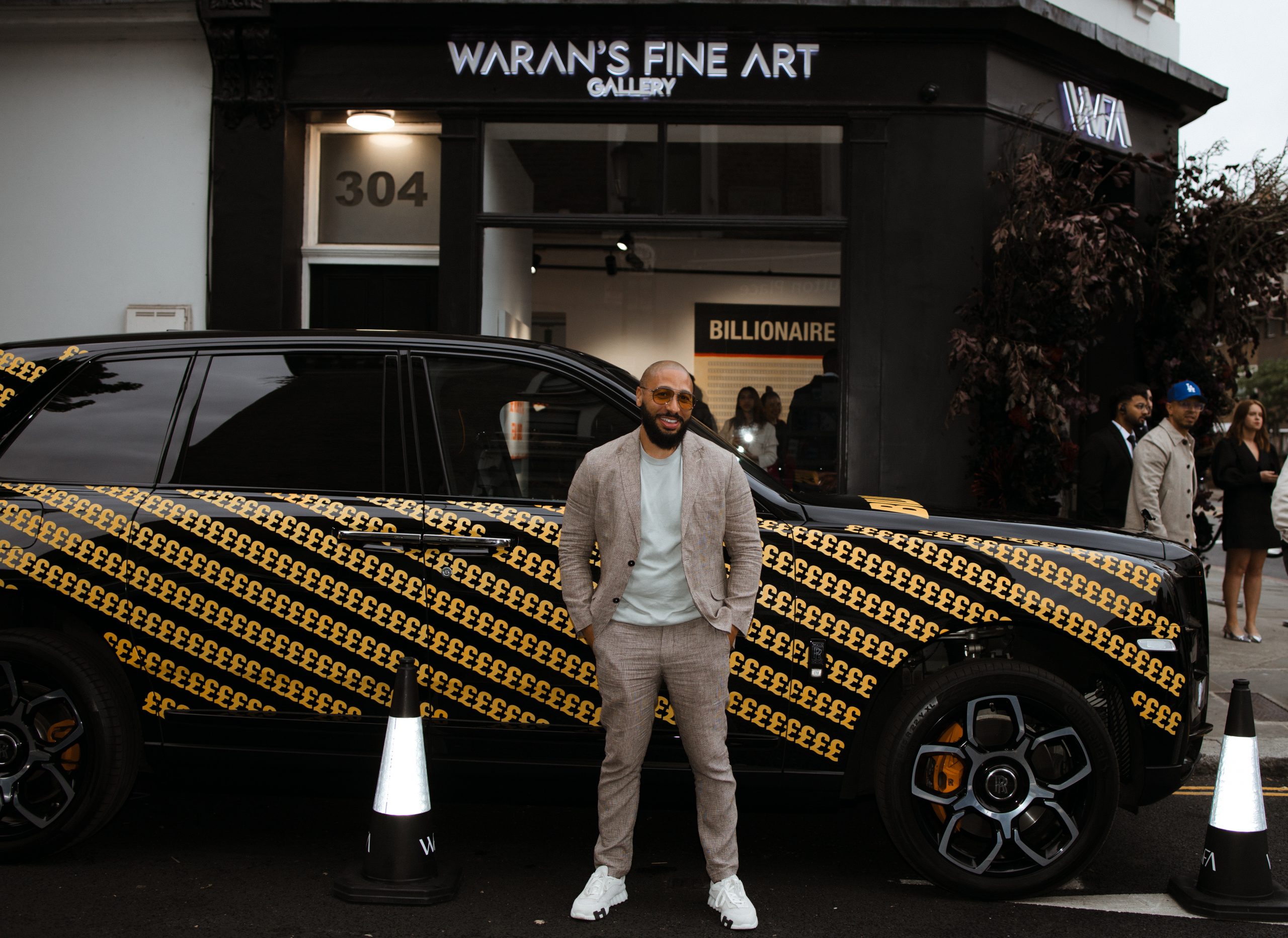Specialising in Contemporary Art, Waran’s Fine Art’s mission is to break down barriers and open the doors of the fine art market, allowing everyone to appreciate and acquire extraordinary works of art. Their transparent, efficient approach simplifies the process of buying and selling artworks, ensuring a seamless experience. Mr. Controversial is an exceptionally unique mixed media artist, celebrated not just for his edgy concepts but also for his innovative execution across a myriad of techniques. He defies convention, fluidly transitioning between hand-painted acrylics and oils, digital art, graphic design, photography, and silkscreen processes and has a Warholesque edge to him.
His experimental studio subverts traditional production methods, allowing for the creation of diverse and evolving artworks. He likens his creative journey to “a constant to and fro, a wrestling match between analogue and digital techniques,” facilitating continuous evolution in his work. Known for viral art that cleverly marries vintage pulp imagery with humorous, relatable captions, his latest typographical oil paintings tackle bold themes of aspiration and societal constructs. Drawing from a rich background in advertising, his art now serves as a satirical commentary on modern life, encouraging viewers to confront their inner selves and societal façades. We spoke to him about his art as he looks to unveil his new body of work exclusively at Warans launching 5th June and lasting until 5th July.
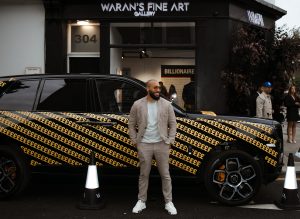
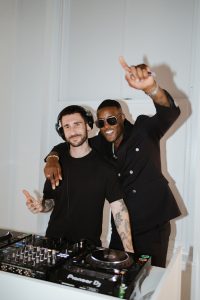
Q: Your work thrives on irony and satire—what sparked the idea for The Billionaires Series, and what made you want to launch it at this specific moment in time?
It started with that tension – we all despise what we desire. We mock the £700 glasses, but deep down, we want them too.
The series pokes fun at this toxic hustle culture and the self-development trap where it never feels like you’re doing enough. You’re chasing wealth, status, validation. But are we even willing to make the sacrifices it takes to get there? The time, the pressure, the burnout. That’s what the work is really asking. It’s satire, but it’s also a mirror.
Q: You describe this body of work as unflinching and primal. How do you balance aesthetic appeal with raw, often uncomfortable commentary on wealth and power?
I break each piece down into layers, visually and conceptually. At the core is a striking, symbolic “hero” image, something beautiful and aspirational. Then I combine that with raw, ironic commentary pulled from real life.
The process itself is just as layered: I use a mix of silk screen printing, oil painting, and spray paint to give depth and texture. It’s got to look amazing in someone’s home and start a conversation.
I’m speaking to people who live inside this modern pressure cooker of hustle culture, social status, and constant performance. The people it speaks to, it really speaks to and that’s who I want to target. That’s why my work isn’t for everyone. It’s for a very specific type of collector. Often people love my work because they spot the irony and draw comparisons with their own life journey.

Q: Do you see yourself as part of the elite world you’re critiquing—or more of an outsider holding up a mirror?
Definitely not part of it. I see myself as an outsider holding up a mirror but not in a deeply serious or anti-establishment way. The work critiques and ridicules the system, but at the same time, I’m drawn to it.
Many of my clients are part of the world I’m reflecting on. So the work becomes a conversation about aspiration, about what it really takes to reach that level, and the sacrifices required. The question becomes: what are you willing to give up, and who are you willing to become?
Q: Much of your work stems from a background in advertising. How has that shaped your understanding of how we consume both luxury and identity?
My background in advertising trained me to always ask: who is this for, and why will they care? It was all about relatability, and humour was often the most effective tool to achieve that.
In terms of luxury and identity, advertising taught me that consumption is rarely about the object itself, it’s about what it says about you. It plays heavily on our sense of inadequacy.
Luxury brands know this and use it to reinforce the idea that we need to level up. And that’s something I explore directly in my work. That tension between who you are, who you’re told you should be and the pressure you put on yourself to try and be THAT “idealised” person, that’s where my background in advertising really feeds into the work.

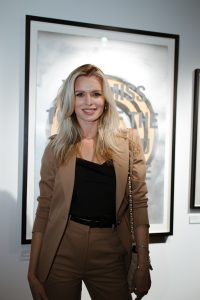
Q: You’ve called your practice a “wrestling match between analogue and digital.” How does that creative tension manifest in this particular series?
That tension plays out in almost every part of my process. I’ll start with something digital – like photographing a pair of my old, professional boxing gloves or scanning a 35mm negative I found at a boot sale – then run it through a very manual, analogue process. It goes from digital photography into silk screen printing, using traditional Warhol-style exposure and ink-pushing techniques. Then I layer oil paint, oil pastel, or spray paint by hand. Sometimes it even goes back under the screen again.
Each piece is a back-and-forth between digital input and physical labour. The result is always a fusion of digital precision and analogue rawness.
Q: Some people have called you “the British Andy Warhol”—do you embrace that comparison, or are you actively trying to carve out a new kind of pop-cultural commentary?
It’s a flattering comparison, and I can see why people make it—particularly with the silk screen work and the production-led approach. Like Warhol, I’ve built a creative studio that functions almost like a production house. There’s a strong entrepreneurial side to what I do, just as there was with Warhol, he wasn’t just an artist, he was a brand, and a sharp businessman.
That said, I’m not trying to replicate him. If Warhol was 36, mixed race, living in London in 2025, responding to the chaos of modern culture then maybe he’d be doing something like this. But I’m carving my own path. My work is rooted in today’s social commentary, internet culture, and personal experience. So while I respect the comparison, what I’m building is very much its own thing.

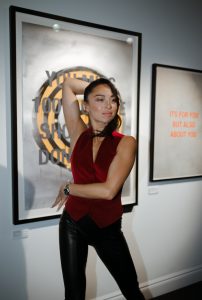
Q: If The Billionaires Series could change how one person thinks about success or ambition, what would you want that takeaway to be?
I’d want them to question the cost of chasing success. I call it “selling the dream, living the nightmare.” It might look like I’ve made it, but behind the scenes, it’s stress, fear, and the constant pressure to keep up. You hit milestones, but there’s never time to celebrate – you just keep running.
If someone walks away from my work and starts to think differently about what success really means, that’s enough. Because sometimes, it’s not about the millions or the mansion. If you’ve got your health, a roof over your head, food in the fridge, you’re doing better than you think.
Q: You’ve just signed an exclusivity deal with Warans Fine Art. This is a big step – what made you choose this gallery to represent you?
It’s a massive step. Waran’s understands what I do, they get that I’m not for everyone. My work is disruptive, and they’re not trying to water that down. They’ve always backed the vision. Now with their new physical gallery space opening in Chelsea, I’m ready to commit exclusively and let them take it to the next level. Now it’s about stepping into the high-end fine art space, elevating value, securing major brand collaborations, and expanding internationally. This deal gives me space to breathe, to create more ambitious work and elevate the Mr Controversial brand and studio to another level. That’s the next chapter.
The Billionaires Series’ is on display from 5th June 2025 until 5th July, at Waran’s Fine Art 302 – 304 Fulham Road and opening times.


